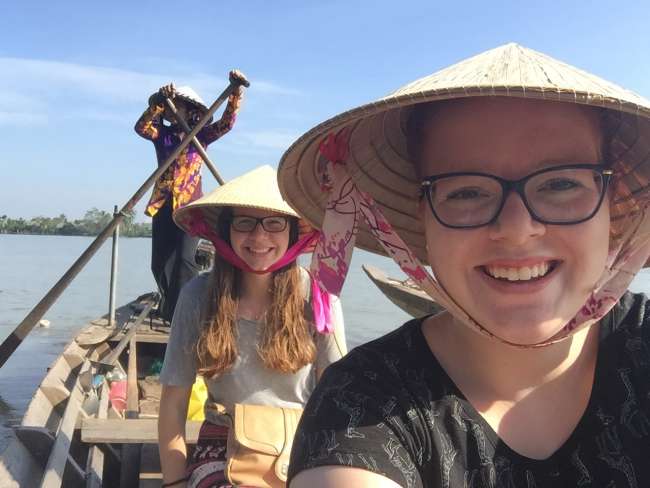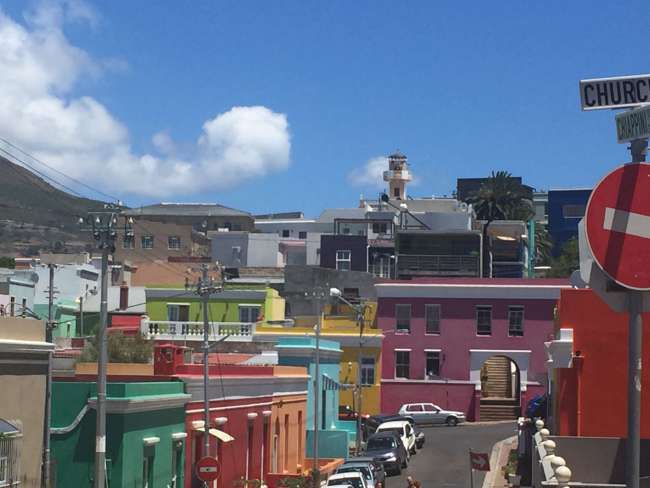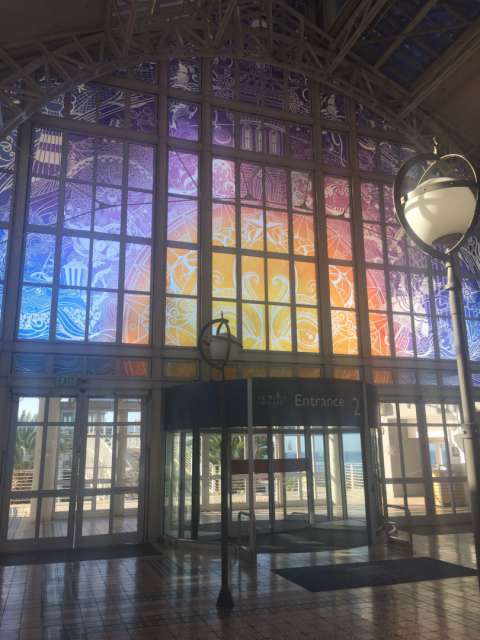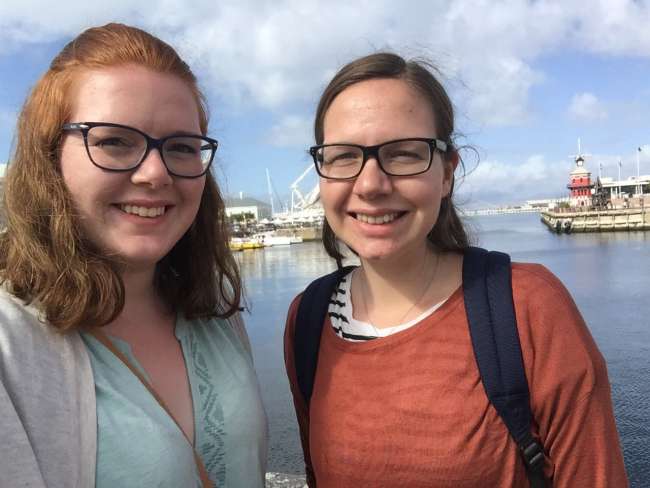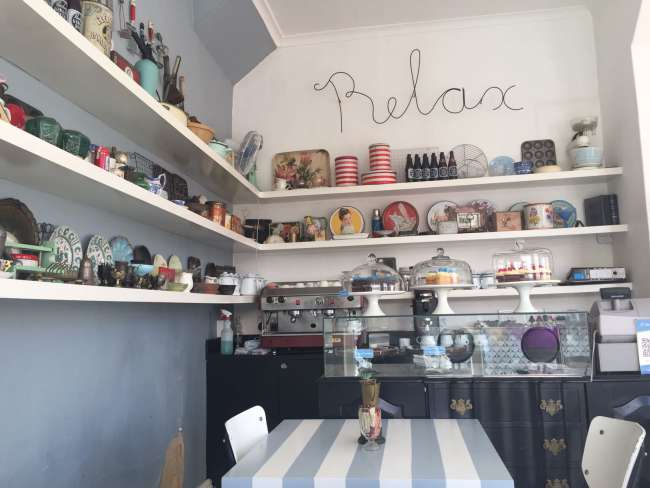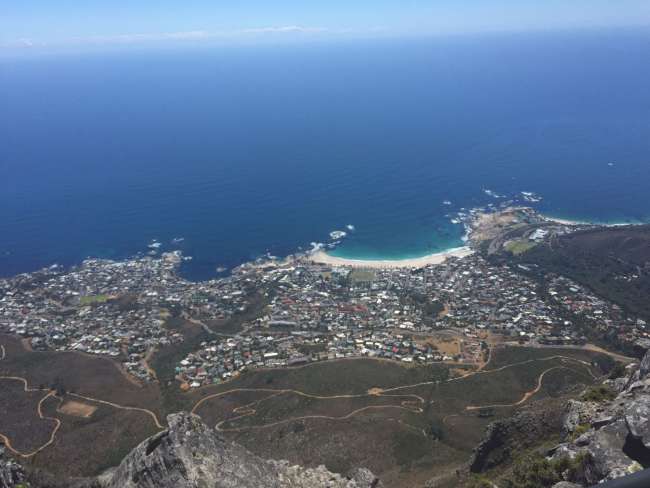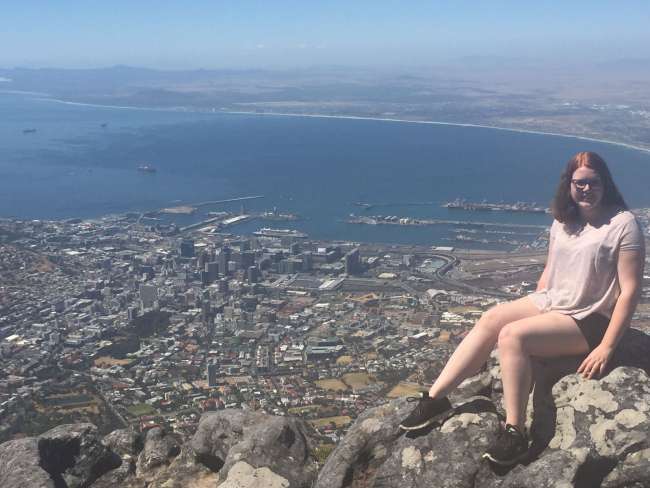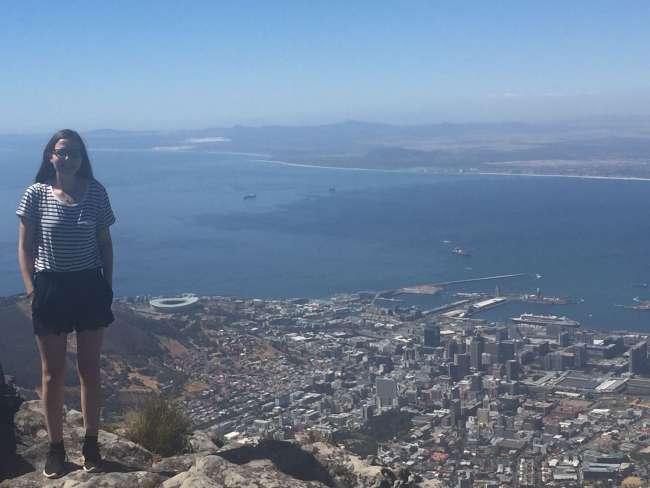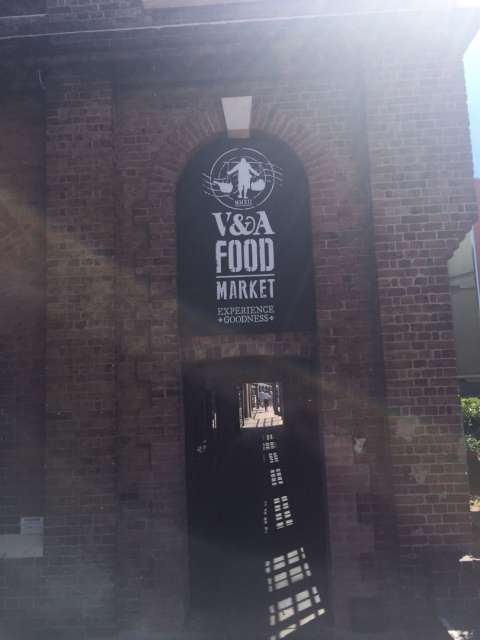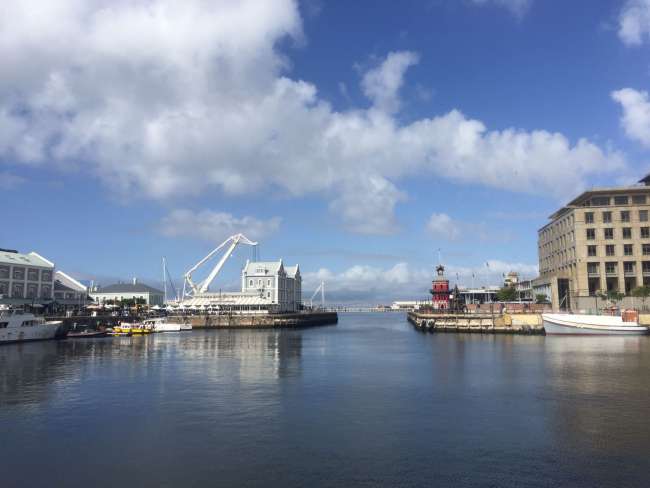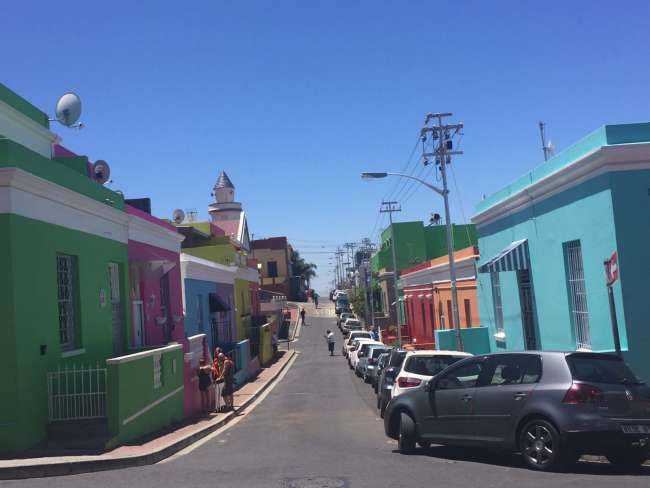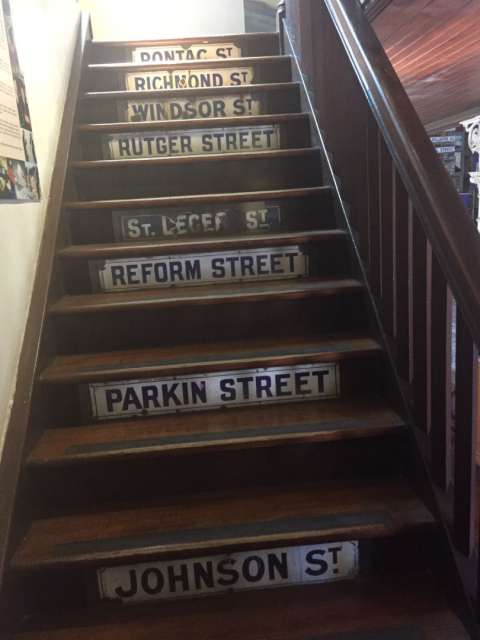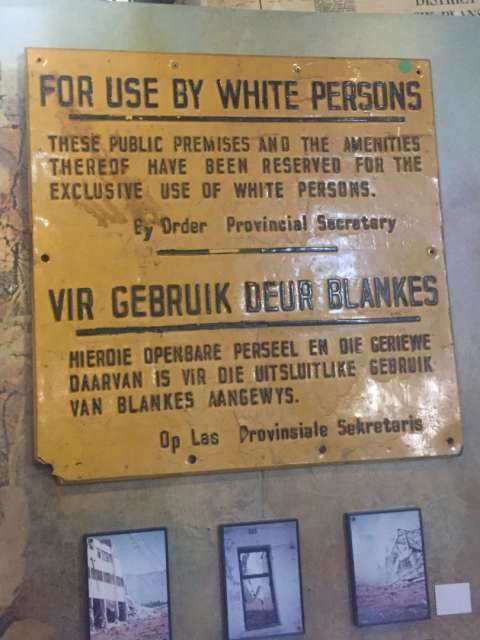27.01.2017 Cape Town
Chop etilgan: 04.02.2017
Axborot byulleteniga obuna bo'ling
Now, for the first time, there is a small premiere on our blog: Finally, I can write about history. We have consciously chosen destinations that are rich in history and South Africa is particularly exciting with regard to apartheid. We haven't seen much of it in Johannesburg, but the topic is much bigger here in Cape Town.
Apartheid began in the early 20th century, but its peak was between the 1940s and 1980s. It (finally!!) ended in 1994 with a democratic change of government when Nelson Mandela became the first black president of South Africa. One wishes this era were far behind us, but in fact it is only just over 20 years ago.
Here in Cape Town, we visited the museum in District 6. This district was originally inhabited by people of all kinds and religions: Blacks lived peacefully alongside Coloureds, and Christians alongside Muslims. The location was ideal because of its proximity to the harbor and city center. In the late 1960s, people were driven out of their homes because a new neighborhood for whites was to be built there. Officially, the people's houses were bought from them, but the price was so low that the displaced people were left practically empty-handed. They were redistributed to townships on the outskirts of the city. During this time, many people not only lost their homes, but also all of their social contacts. Neighbors, friends, and families were torn apart and forced to start over. The entire District 6 was then leveled to the ground. Ironically, it remained undeveloped for a long time. Only in 2003, after the end of apartheid, were new houses built. Even today, the area is partly wasteland and unused.
The history of District 6 is considered a prime example of apartheid and it made a big impression on us. So, if you ever come to Cape Town, you must visit this museum! The subject is vividly illustrated and for a small additional fee, you can even speak with those affected, which offers a completely different perspective.
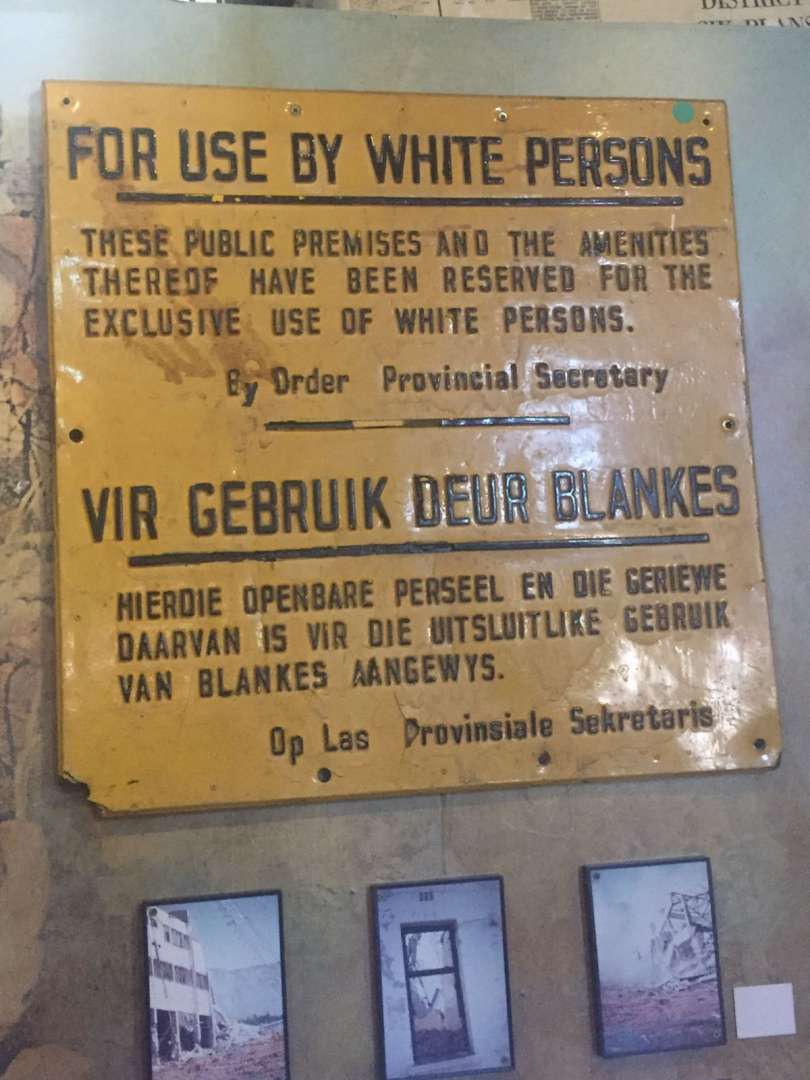
We can also highly recommend Bo-Kaap, the 'Islamic Quarter'. Many former slaves settled here and received important impulses from Tuan Guru, the first Imam of South Africa, thereby laying the foundation for the Islamic community of South Africa.
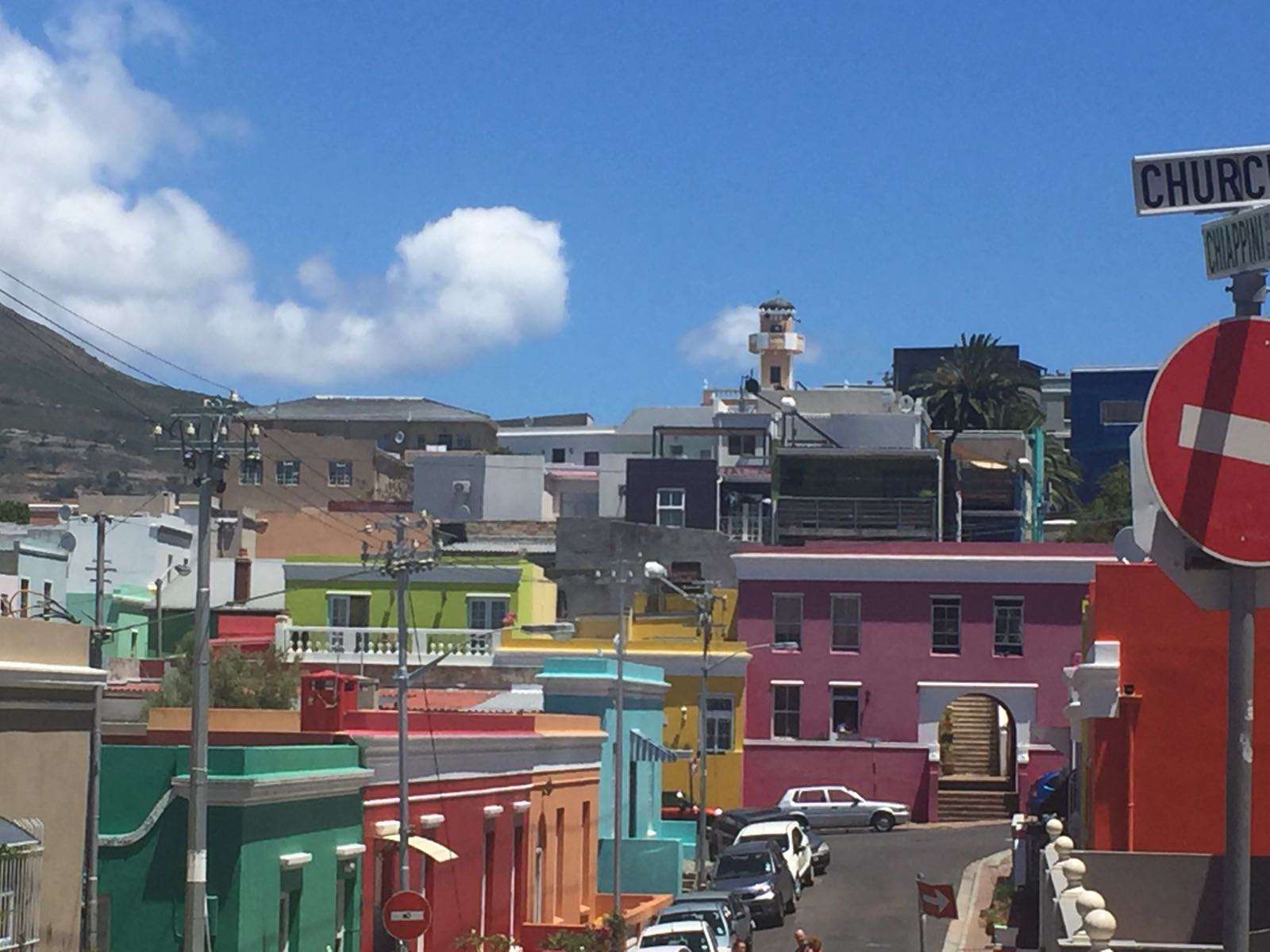
The buildings here are very colorful and simply wonderful to look at. The oldest house dates back to the 1760s, and today it houses the Bo-Kaap Museum, but unfortunately we cannot recommend it. However, a walk through the neighborhood is definitely worthwhile!
A short walk to the waterfront is also great. This area is of course very touristy, but there is a small 'food market' where you can choose from different food stands. It's cheap and delicious. We ate there about 5 times during our 4 days in Cape Town...
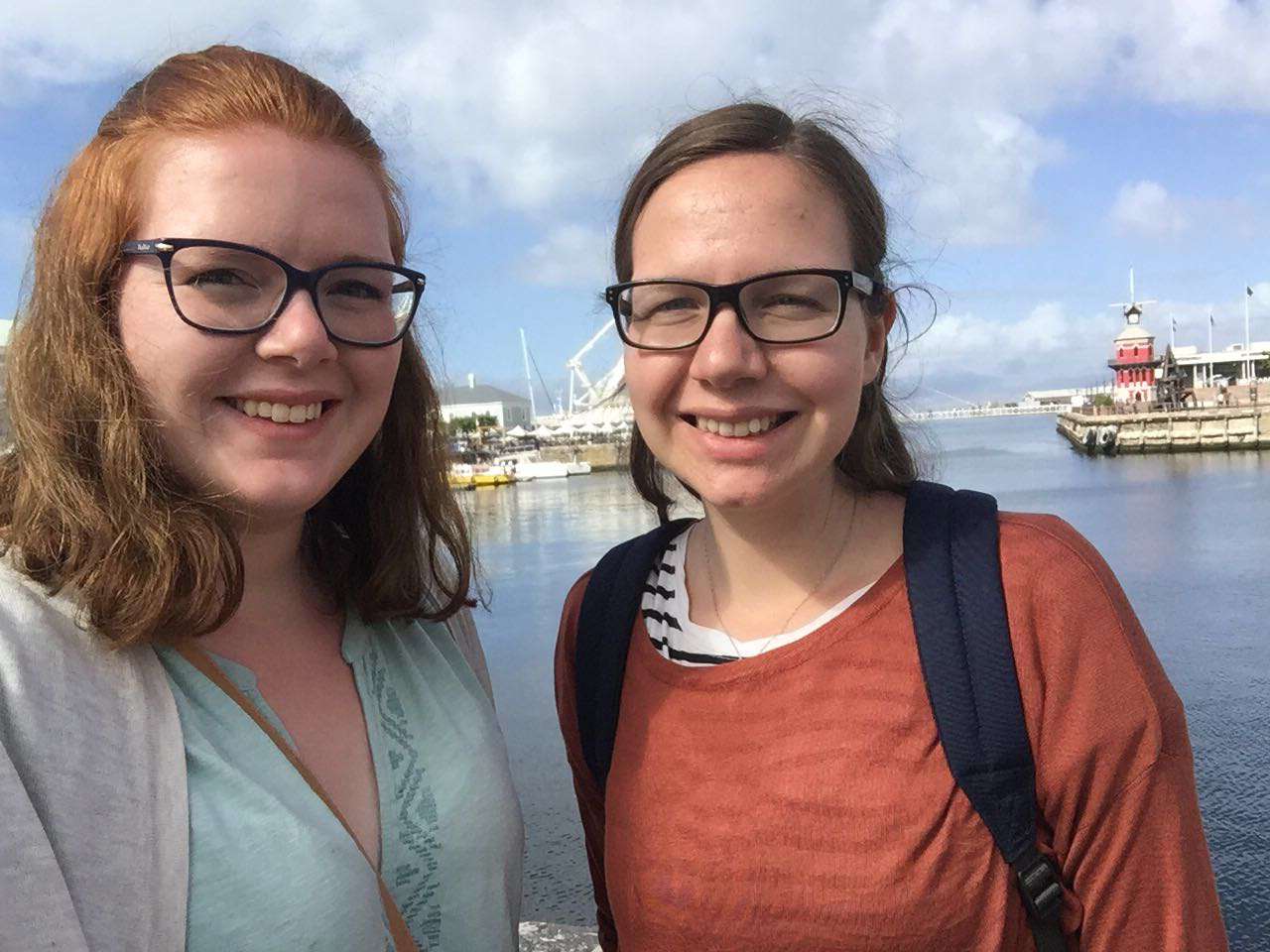

In the late afternoon, we finally ventured up Table Mountain. We would have liked to hike up, but due to time constraints, we had to take the cable cars. Since we had bought the tickets online in advance, we didn't have to wait too long and were rewarded with a great view on the mountain. I think the pictures speak for themselves.
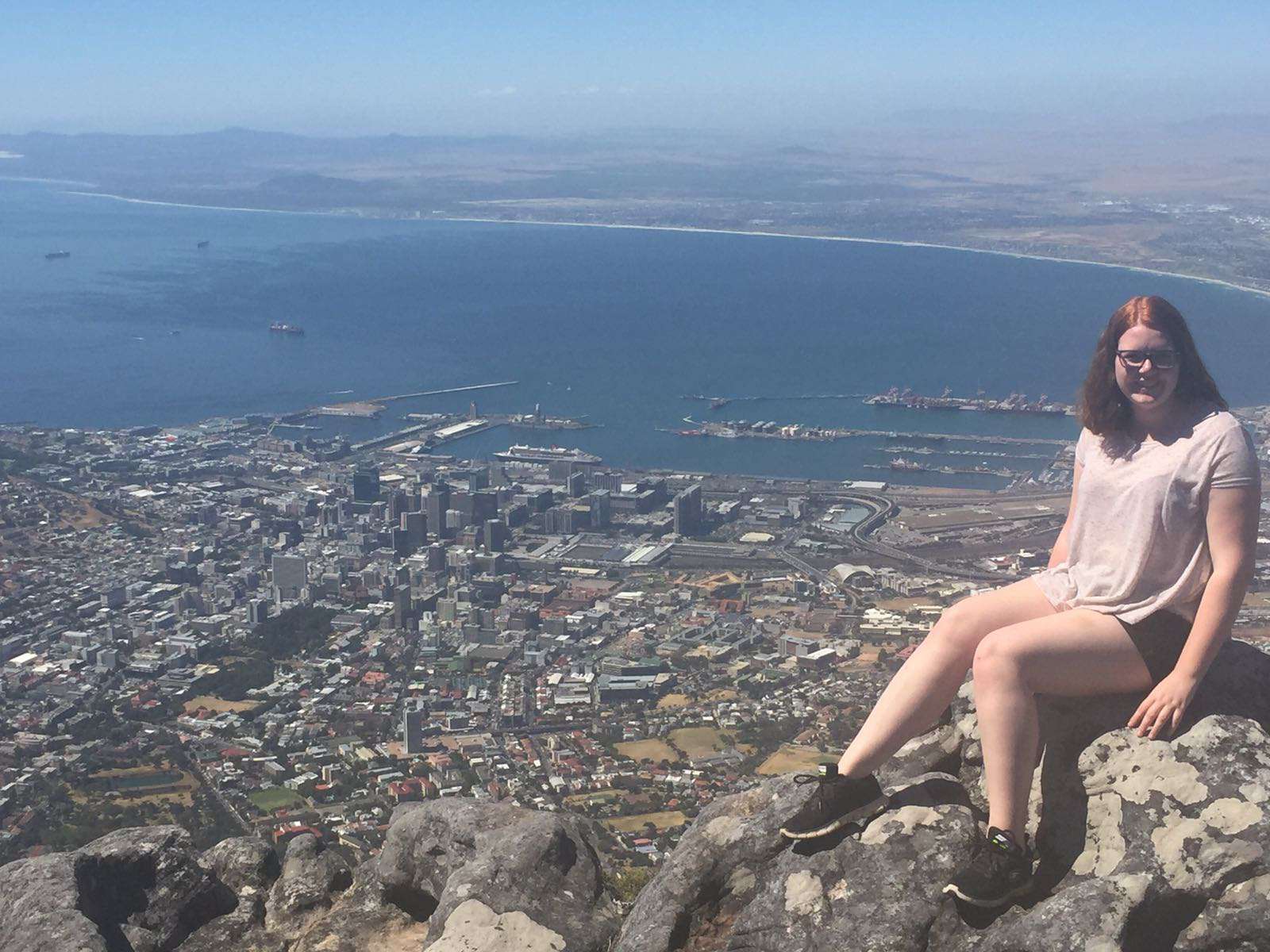
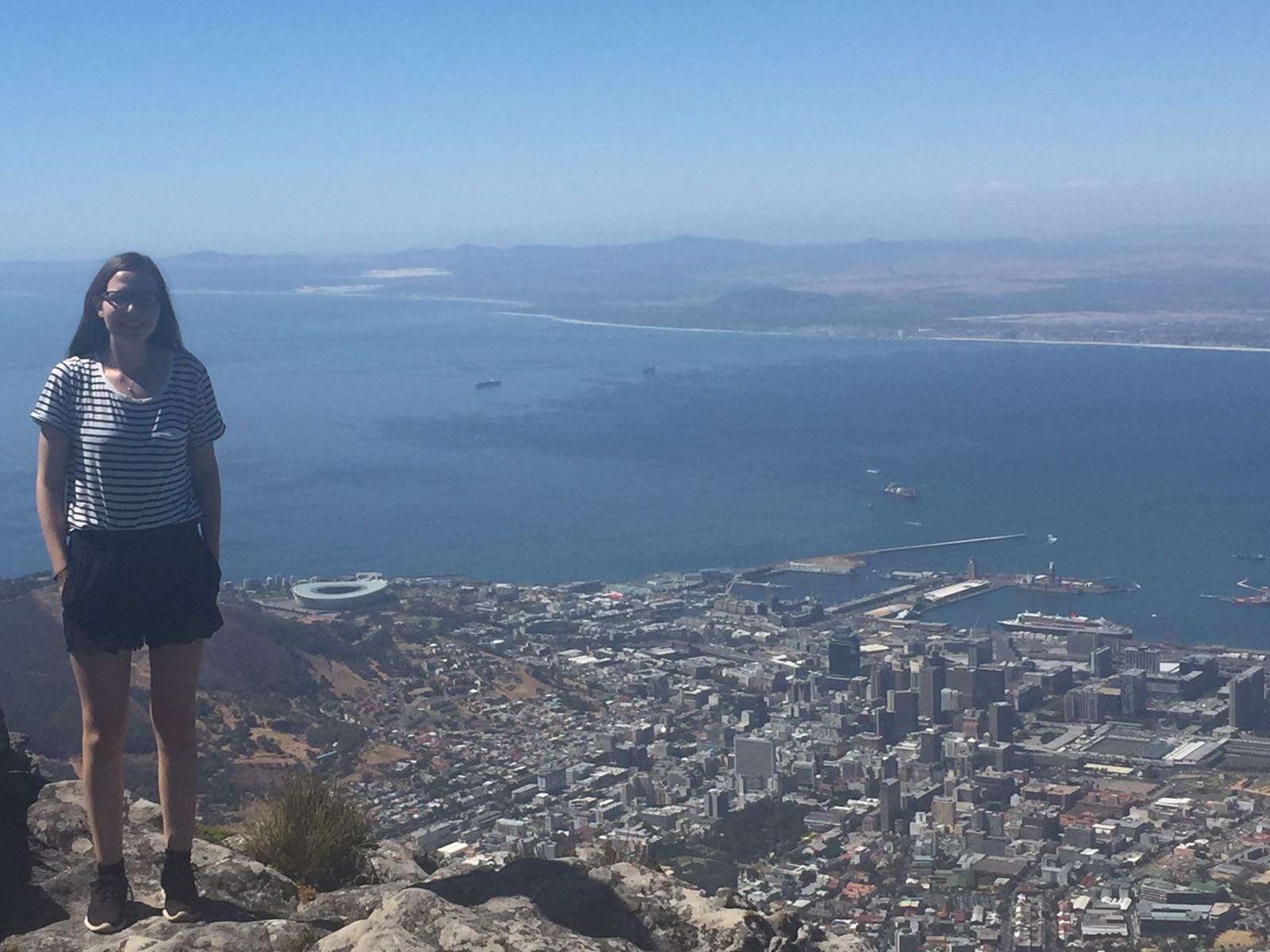
Unfortunately, the days here in Cape Town were much too short. Next time, we will definitely take more time for this city! It is also worth renting a car. The traffic is a bit confusing at first, but the lack of mobility still restricted us quite a bit. We then used Uber, as it is cheaper in Cape Town than taking a taxi every time, but it was still not ideal.
In the next entry, we will talk about a township tour that we also took in Cape Town. This is such a big topic that we will cover it separately.
Axborot byulleteniga obuna bo'ling
Javob

